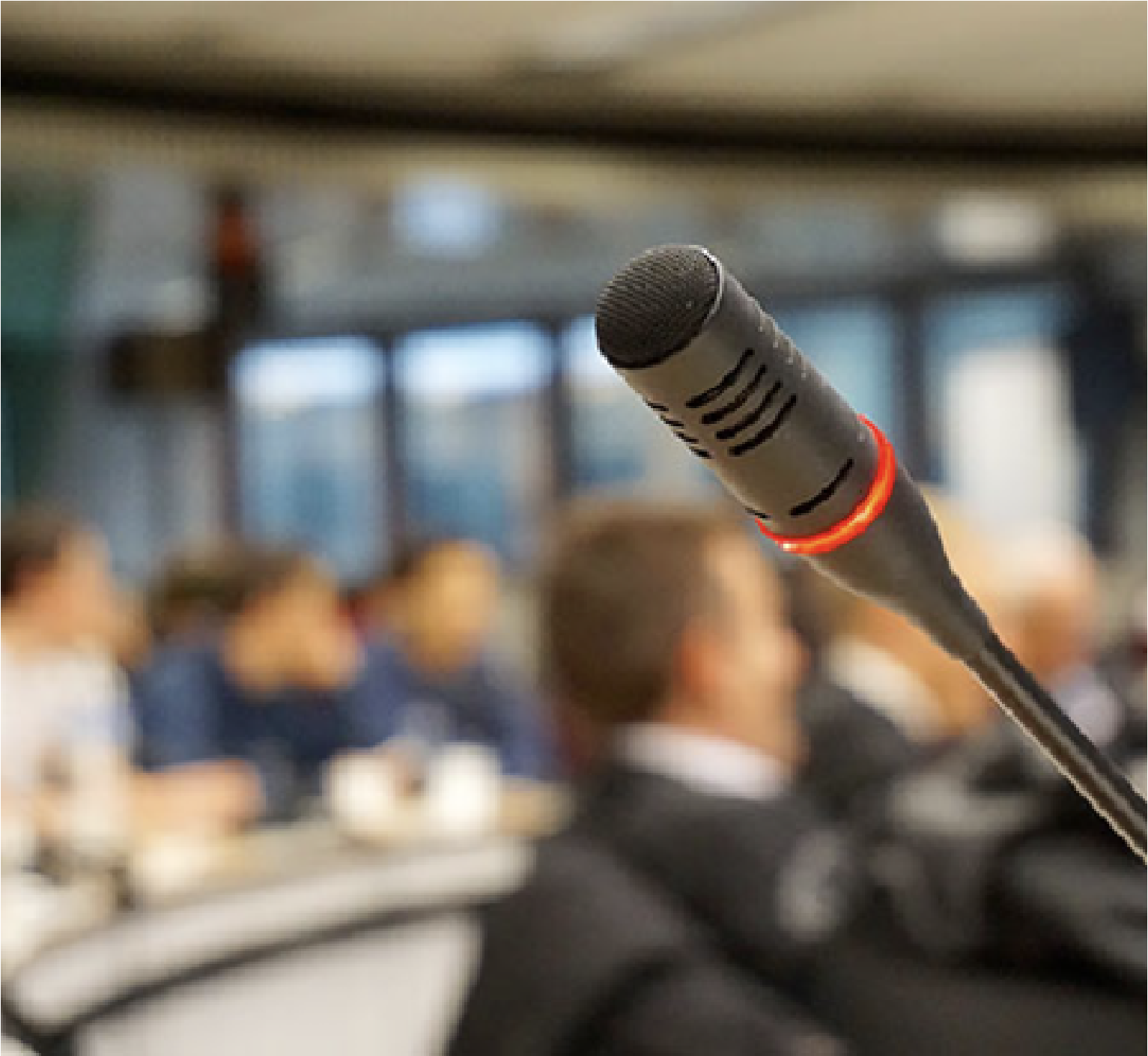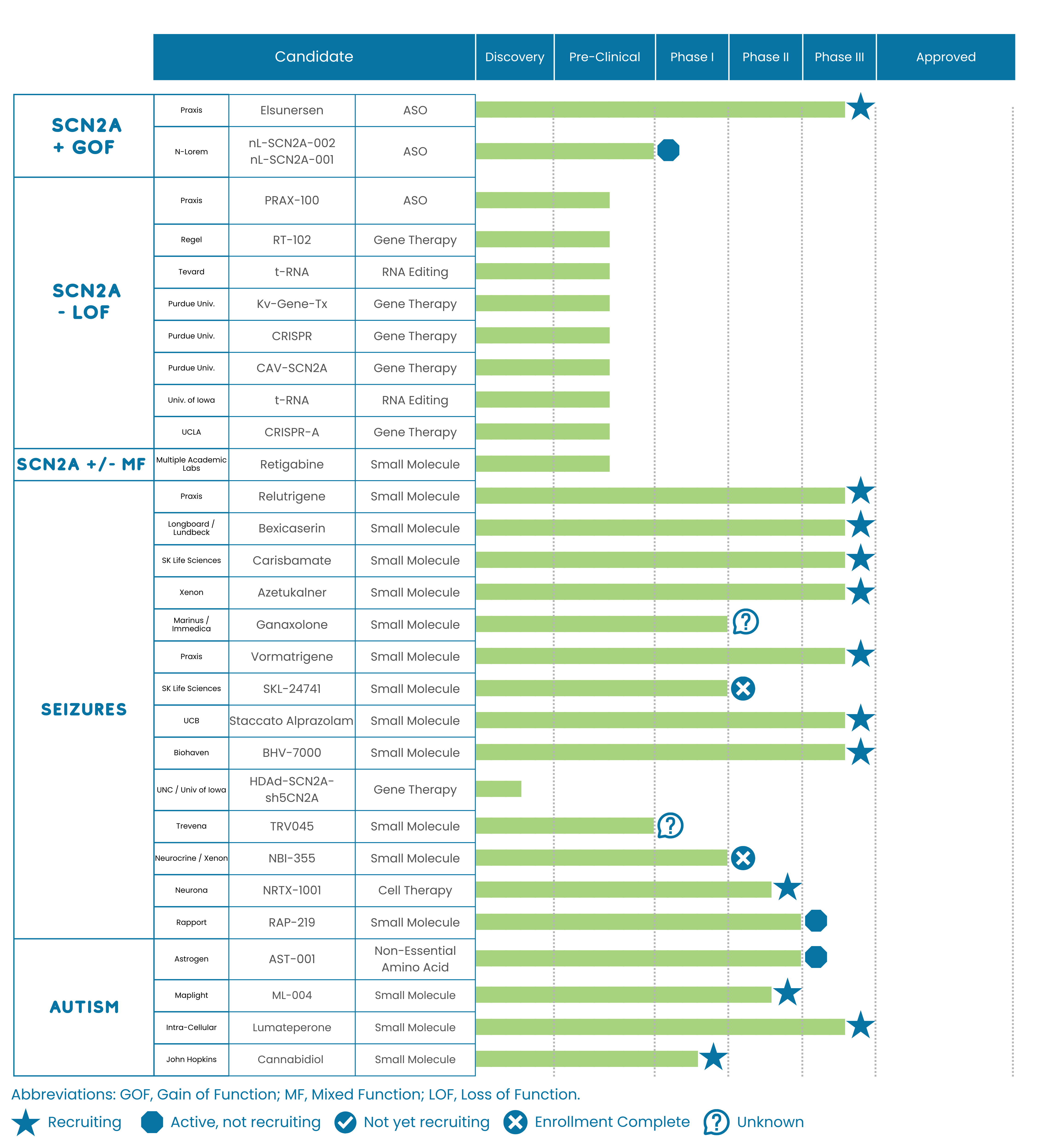
Decisions, Decisions, Decisions.
As a parent of a non-verbal, non-ambulatory child I am forced to make decisions for her on a daily basis—what clothes will she wear, when and with what toys will she play, and the list goes on. While some of these decisions are trivial, others could have a major impact on her quality of life. Currently we are debating on whether or not to have a major surgery to correct her severely curved spine.
Another decision we must make is whether our children will participate in research. With several SCN2A focused treatments in development and clinical trials on the horizon, this is a very exciting time for our community. For families dealing with rare disease, time seems to stand still when it comes to research and drug development. You hear about a promising research project or a potential new treatment, only to have your hopes dashed when funding falls through, results of a study are inconclusive or a treatment is stalled in the regulatory process. Most recently, the Huntington’s Disease community was hit hard with the failure of a promising treatment. This is the harsh reality of the rare disease world.
When we as parents are asked to complete another survey, our child is asked to provide another sample of some bodily fluid or forced to endure another test, it can be exhausting and seemingly futile. At some point I’m sure we have all thought to ourselves, “is it all worth it?” Despite the frustration that can come with participating in research, I have come to appreciate that in doing so, I am taking action. I am doing something to move the dial. In the rare disease world there are so many things that are out of our control; that we can do nothing about. Participating in research is one area where we as families can make a difference.
In early January, after months of coordination (thanks COVID), we went to our local hospital and were able to get a skin punch so that my daughter’s cells could be sent to Nationwide Children’s and the research teams in the Meyer/Wein Labs. I was nervous about the procedure beforehand, wondering if I was putting Eliana through unnecessary pain, but my fears were quickly alleviated. The whole procedure took less than 10 minutes, Eliana smiled through the whole thing and within 24 hours, we received notification that the cells had reached their final destination. To learn more about the research that is being done at Nationwide, visit the foundation website. If you are interested in having your child participate in this crucial research, please contact Leah Schust Myers (leah.schust@scn2a.org) for more information.


